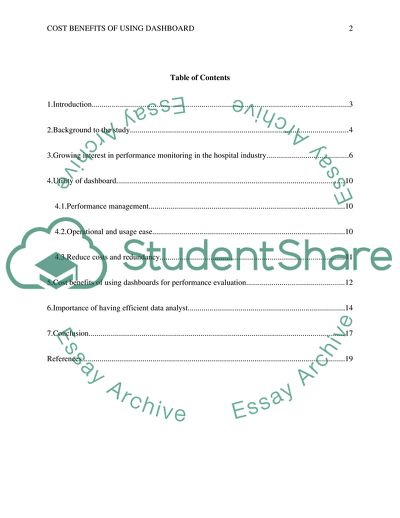Cite this document
(The Cost Effectiveness of using a Dashboard to measure Key Metrics in Research Paper, n.d.)
The Cost Effectiveness of using a Dashboard to measure Key Metrics in Research Paper. https://studentshare.org/finance-accounting/1839266-the-cost-effectiveness-of-using-a-dashboard-to-measure-key-metrics-in-the-hospital-industry
The Cost Effectiveness of using a Dashboard to measure Key Metrics in Research Paper. https://studentshare.org/finance-accounting/1839266-the-cost-effectiveness-of-using-a-dashboard-to-measure-key-metrics-in-the-hospital-industry
(The Cost Effectiveness of Using a Dashboard to Measure Key Metrics in Research Paper)
The Cost Effectiveness of Using a Dashboard to Measure Key Metrics in Research Paper. https://studentshare.org/finance-accounting/1839266-the-cost-effectiveness-of-using-a-dashboard-to-measure-key-metrics-in-the-hospital-industry.
The Cost Effectiveness of Using a Dashboard to Measure Key Metrics in Research Paper. https://studentshare.org/finance-accounting/1839266-the-cost-effectiveness-of-using-a-dashboard-to-measure-key-metrics-in-the-hospital-industry.
“The Cost Effectiveness of Using a Dashboard to Measure Key Metrics in Research Paper”. https://studentshare.org/finance-accounting/1839266-the-cost-effectiveness-of-using-a-dashboard-to-measure-key-metrics-in-the-hospital-industry.


